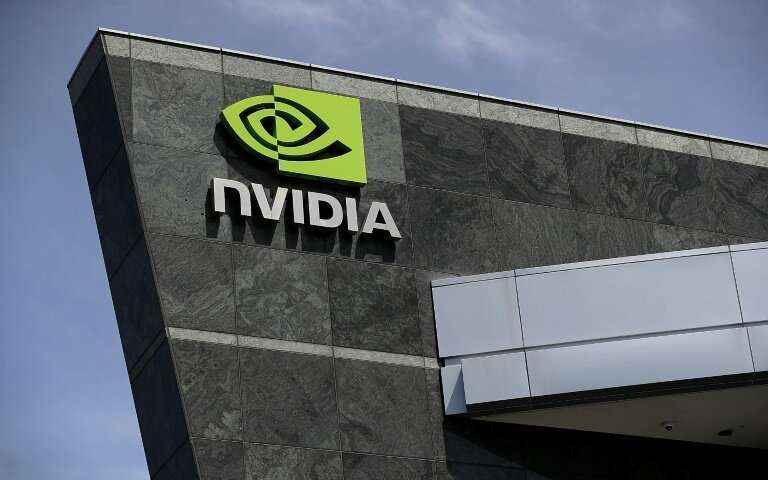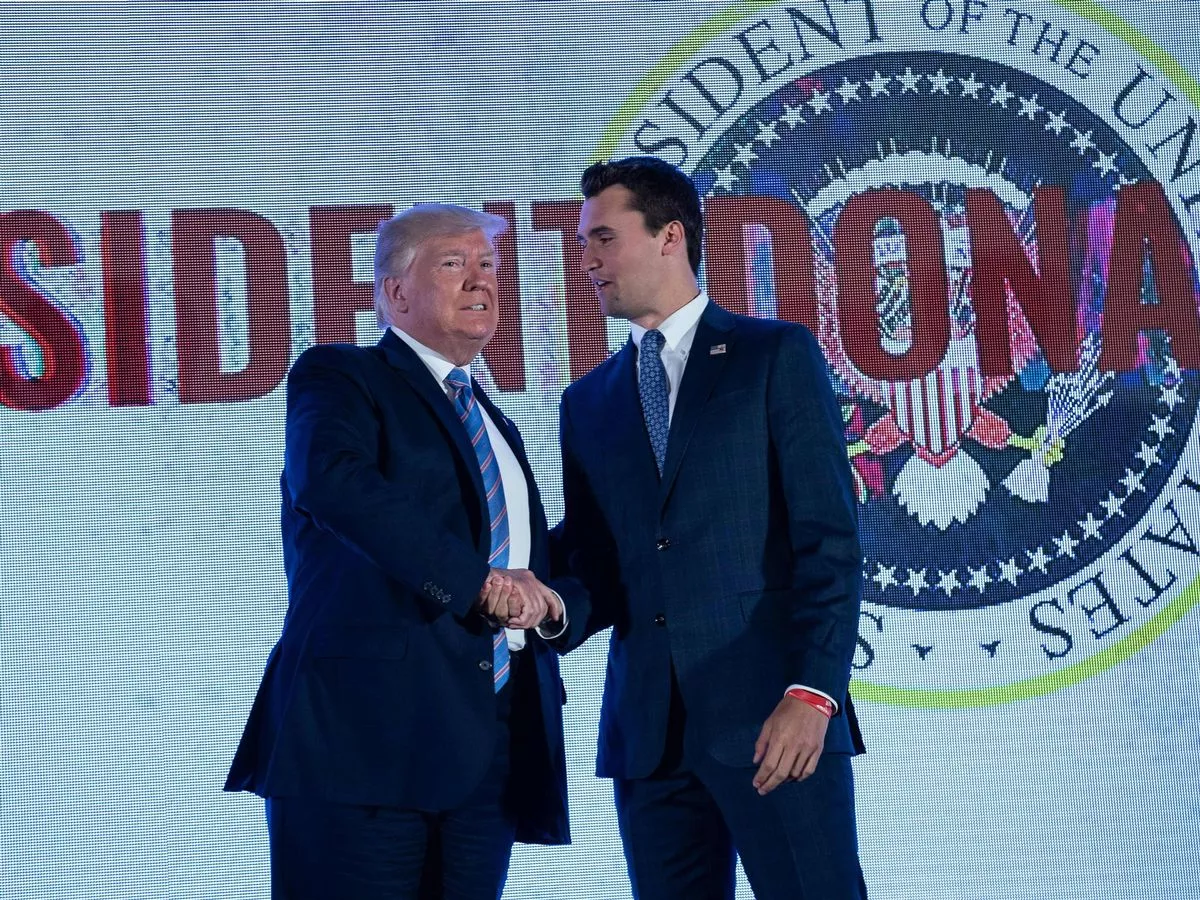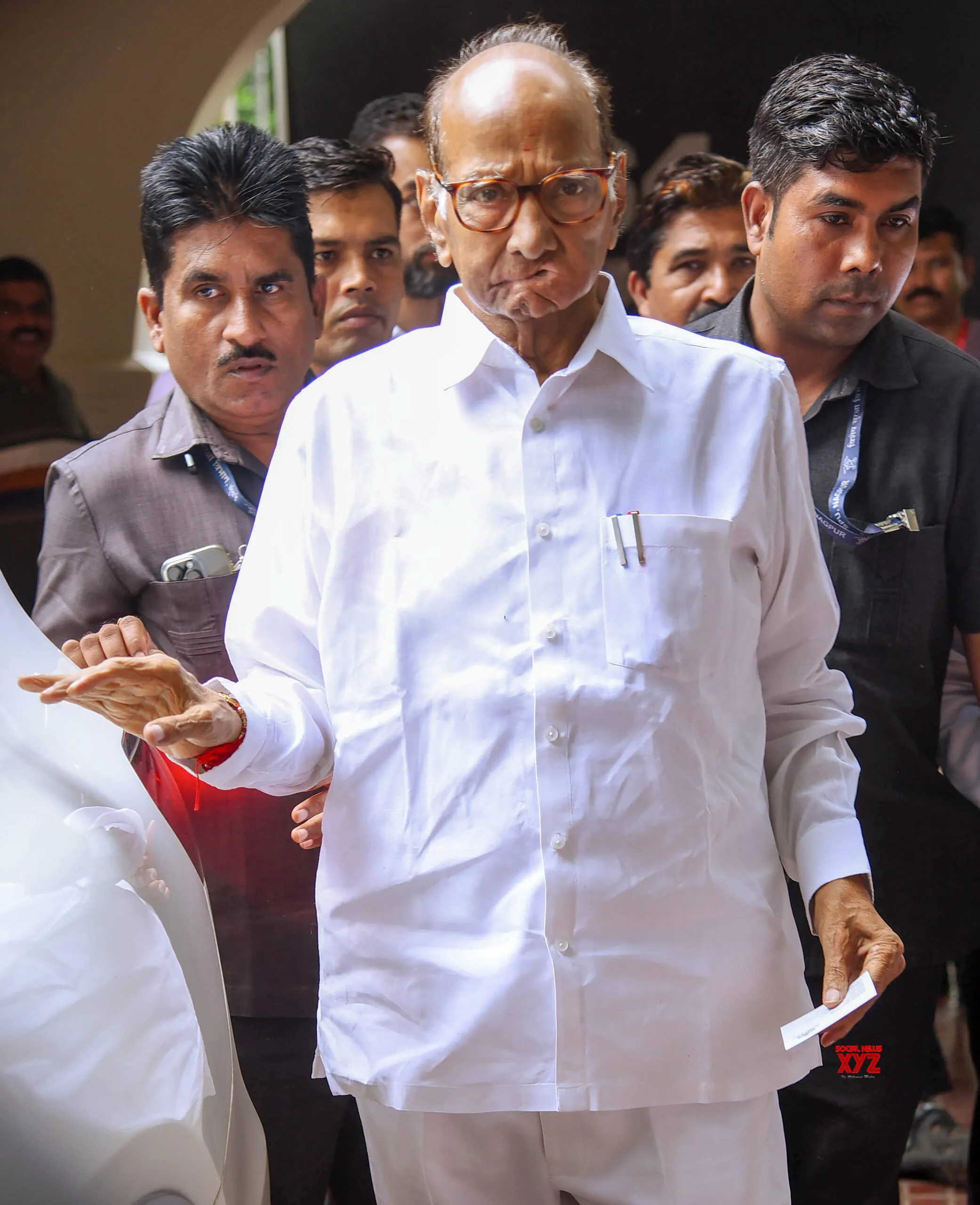Nvidia invests $5B in Intel with chip partnership, raising pressure on AMD and TSMC amid U.S.-China tensions

Intel just landed an unlikely lifeline from a rival. Nvidia said Thursday it would pump $5 billion into the struggling U.S. chipmaker, instantly becoming one of Intel’s largest shareholders and signaling a rare partnership between two giants whose paths have often collided. The move comes weeks after the White House brokered an extraordinary deal that handed the federal government a 10% stake in Intel, underscoring how central the company has become to U.S. industrial and political strategy.
In December 2024, Intel’s former CEO Pat Gelsinger abruptly stepped down, just a week after the chipmaker received $8 billion from the Biden administration. The sudden departure opened the door for Lip-Bu Tan to take over in March, but his tenure immediately ran into political turbulence. U.S. officials raised alarms about his ties to China, and President Donald Trump publicly called for him to resign. That firestorm set the stage for a high-stakes meeting in Washington that produced the government’s unusual equity stake — and now, Nvidia’s $5 billion endorsement.
The stake gives Nvidia roughly 4% of Intel after new shares are issued, enough to cement it among the chipmaker’s biggest backers. Investors reacted quickly: Intel’s shares jumped more than 26% in early trading to $31.33, while AMD slid nearly 5% on fears the pact could tilt the AI arms race, Reuters reported.
The agreement allows Intel and Nvidia to jointly develop PC and data center chips, though it stops short of opening Intel’s contract manufacturing business — a “foundry” operation that desperately needs a marquee client. Most analysts believe winning a customer like Nvidia, Apple, or Qualcomm is the only way Intel’s foundry can survive. For now, Nvidia isn’t committing to that path.
Still, the pact is loaded with implications. Intel will design custom data center processors to be paired with Nvidia’s graphics chips, linked together through a proprietary Nvidia technology that enables faster communication between processors. Those speedy interconnects are critical in AI, where hundreds or thousands of chips must work as one to process mountains of data. Until now, Nvidia’s best-performing AI servers have only run on its own chips. The new arrangement gives Intel a chance to secure a slice of every Nvidia AI server sold.
For the consumer market, Nvidia will supply Intel with a custom graphics chip that can be bundled with Intel’s PC processors, a move that could give it an edge against AMD, which has been steadily chipping away at Intel’s dominance in desktops and laptops.
The alliance also raises questions for Taiwan’s TSMC, which currently builds Nvidia’s flagship processors. If Intel can prove it’s capable of meeting Nvidia’s needs at scale, TSMC’s grip on some of the industry’s most valuable contracts could be tested.
The politics of the deal are just as striking. Nvidia has struggled to sell its H20 chips in China under U.S. export restrictions. Trump recently granted Nvidia licenses to ship those chips in exchange for a 15% cut of sales, but so far the company hasn’t moved any units. Analysts say the Intel pact won’t fix Nvidia’s China problem but does buy goodwill in Washington, where aligning with U.S. manufacturing policy carries real weight.
Nvidia CEO Jensen Huang was spotted with Trump and other executives during the president’s state visit to the U.K. this week, a reminder of how tightly bound chip policy has become with geopolitics. “This move aligns with U.S. policy and could help ease restrictions on selling advanced chips to China,” said Matt Britzman, senior equity analyst at Hargreaves Lansdown.
Intel, for its part, has been shoring up its finances. The $5 billion injection follows a $5.7 billion government investment and a $2 billion check from SoftBank, giving Tan room to stabilize operations. He has promised to run Intel leaner and only build new factories when demand justifies it.
For AMD, the pact represents an immediate challenge. For TSMC, it poses a longer-term risk. And for Intel, once dismissed as yesterday’s story, Nvidia’s backing could finally mark the beginning of a new chapter — one that redraws alliances in the AI chip wars at a moment when politics and technology have never been more intertwined.



